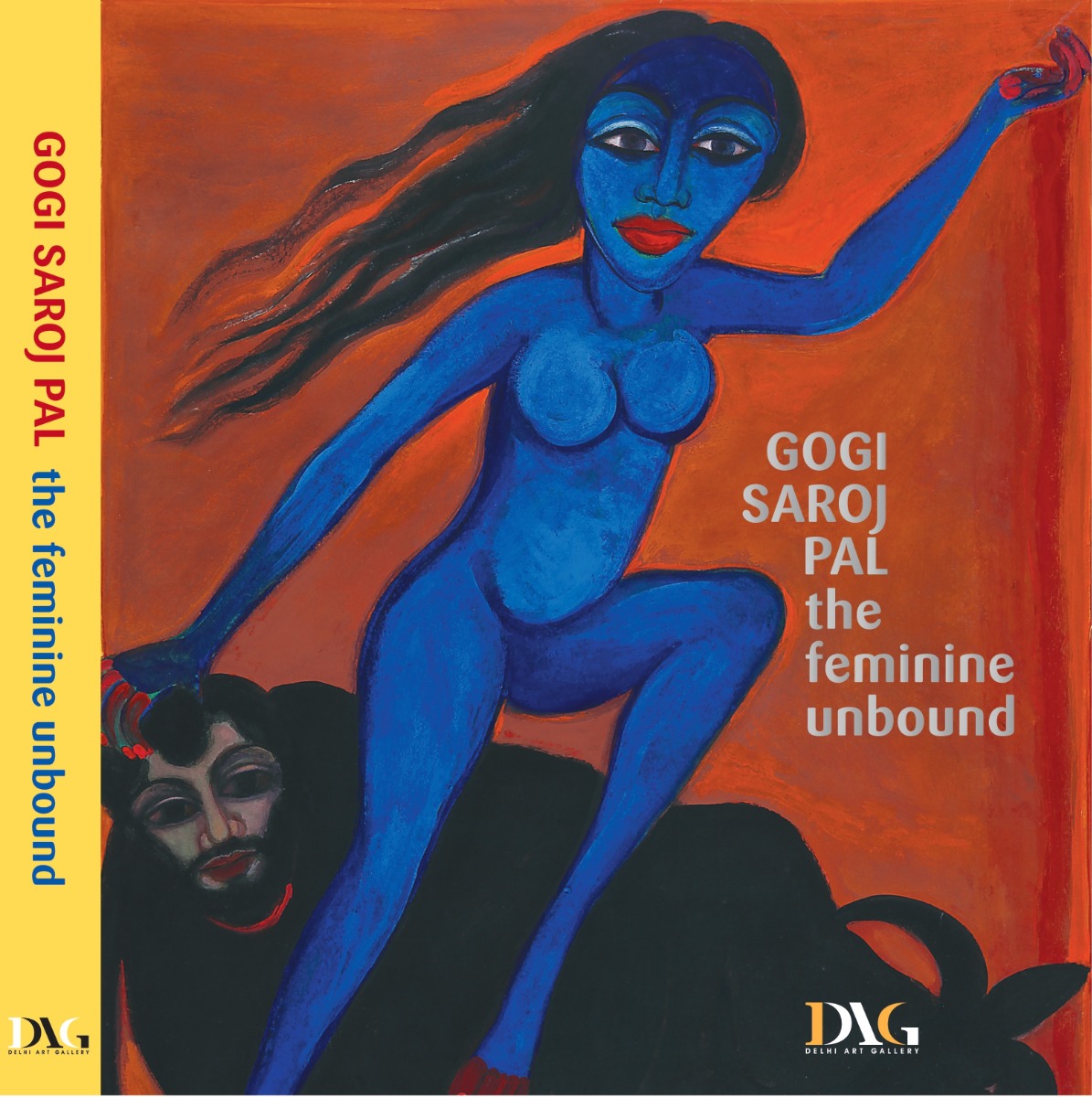Gogi Saroj Pal: The Feminine Unbound
Gogi Saroj Pal: The Feminine Unbound
Gogi Saroj Pal: The Feminine Unbound
|
Gallery Exhibition Gogi Saroj Pal: The Feminine UnboundNew Delhi: Hauz Khas Village, 12 September – 15 October 2011 |
|
|
|
‘Art for me is anything with which I express myself—writing, weaving, ceramics, sculpture, pottery, painting… Everything I do is oriented towards expressing myself’ – Gogi Saroj Pal |

all artworks
Exhibition and Events









